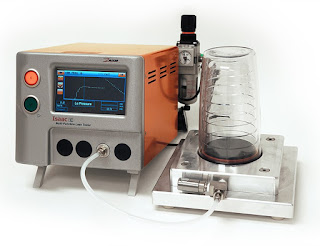In the market of all industries use NATA Accreditation calibration service to get the best performance from their products. Well, it is nothing but the process of gauging the performance level of any equipment. The procedure differs from product to product, and almost all of them involve the use of several tools and techniques that are quite costly. Material testing is also a similar process used in many industry sectors.
Machines Function Most Efficiently
Most of the businessman desires that he should be able to export maximum and that whatever he exports are immediately satisfactory to clients in the world market externally any hassle. This is possible only if he exports quality products which have been examined by a reliable laboratory in his own country.
Getting booked right service provider would always give you the confidence and support to make your machines function most efficiently. This is true for any new material as well as for your old machine. Getting material testing done gives you an accurate report about the condition of your used equipment. You can get an idea, indeed when there is wear and tear in your devices.
Where to find the right service provider?
You can avail of the services of the right service provider from the internet, as almost all good ones have their online presence. Most of these websites mention their specific services from which you can gauge their credibility. Again to fulfill your heavy-duty testing needs, you can go for hardness testers. Nowadays, computer-controlled closed-loop hardness testers are also available to provide you with accuracy and quality. Indeed, the online destination has some tremendous state-of-the-art materials testing systems.
Many laboratories, according to flow meter calibrations for varying types and sizes of flowmeters, but assuring you have your measure calibrated on the correct producing fluid will play a large part in the accuracy of your flowmeter.
Look at activities and the factory
Electric motor repairs are more often than not, a result of generation exercises and the factory environment. However, they can additionally be a result of inadequate and inferior work by an electric motor repair firm.
The company that you would choose assures that they test run the motor for queries and check the vibration baseline, with the obstacles being designated. The motor is then dismantled, cleaned, and inspected. When doing so, possible electrical and mechanical impediments are evaluated and repaired. The motor is then hydro-cleaned, roasted dry, and varnished with the insulating varnish.
Wind-up,
To achieve this ideal performance, NATA Accredited Calibration makers employ various structures ordinarily composed of an inertial mass turning some type of beam or crystal for the internal sensing component. When metrologists are correctly training, appropriated standards are followed, measurement equipment is controlled, and all components are traceably calibrated, the calibration system outcome from the test sensor dutifully verifies the sensor's flat line behavior with a link (or links) traceable back to a national standard or physical constant.

Comments
Post a Comment